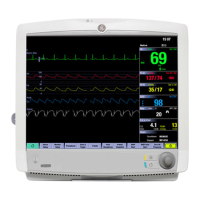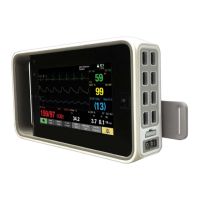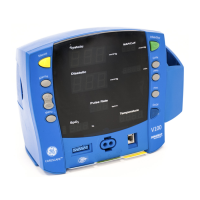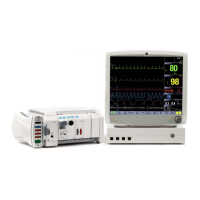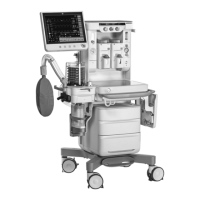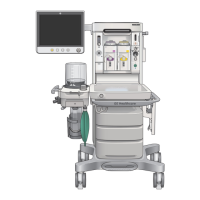Revision C CASE B-7
2060290-201
Miscellaneous: Application Tips
Recording ECGs During Defibrillation
The patient signal input is defibrillation-proof. Therefore, it is not
necessary to remove the ECG electrodes prior to defibrillation.
When using stainless steel or silver electrodes a defibrillator discharge
current may cause the electrodes to retain a residual charge causing a
polarization or DC offset voltage at the electrode/skin interface. This
electrode polarization will block acquisition of the ECG signal for several
minutes. To avoid this condition, use silver-silver chloride electrodes.
If other electrodes are used, we recommend disconnecting the patient
cable from the system before delivering the defibrillation shock.
The Cubic Spline and the FRF algorithm cause a signal delay of approx.
2 seconds; therefore they should be disabled if the patient has to be
defibrillated while the ECG is being recorded (“Acquisition Tab” on page
12-3).
We recommend using non-polarizing disposable electrodes with
defibrillation recovery ratings as specified in AAMI EC12 chapter 5.2.2.4
(PN 900703 Silver Trace). AAMI EC12 requires that the polarization
potential of an electrode pair does not exceed 100 mV 5 seconds after a
defibrillation discharge.
Note
If excessive DC voltages are present at the electrode, then a message
will appear indicating a Lead Off condition.

